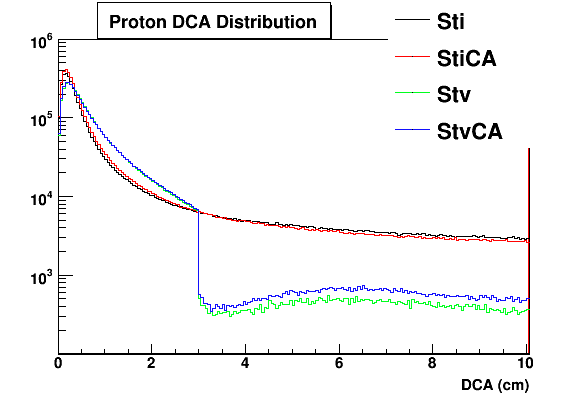Follow-up of Stv performances
Updated on Mon, 2013-05-06 11:02. Originally created by jeromel on 2013-01-30 10:49.
Under:
This page will list material for the follow-up review of Stv performances.
Material
- Meeting information
- Many meetings were held prior to the re-instating the QA suite - below are the QA bases focus
- Action items from our meeting #1
- Minutes from meeting #2 (13W03)
- Minutes from meeting #3 (13W04)
- Meeting Minutes from 13W09 (rough)
- Meeting Minutes from 13W05
- Meeting Minutes from 13W11
- Meeting Minutes from 13W13
- Meeting Notes from 13W15
- Meeting Minutes from 13W16
- Meeting Minutes from 13W17
- QA information
- Base QA results from W04 (Amilkar)
- Base QA results from W03 (Amilkar)
- Datasets
- Datasets sample summary information page
- Real data production details from the 2011 review (ssample size, number of jobs details)
- MC jobs from Eval details (eval13 are the new productions)
Other information
- The 2011 review report is available as PSN0552 : STAR Tracking Components Review - Stv, CA and AgML
- Some high level bullet action items were tracked AgML, CA, Stv review findings and action items (the "Stv/Sti/CA" should be checked again)
Review findings and key points/problems
The review recommendations for focii were
- Hit residuals and track chi2 should be the first problems to be addressed
- Tracking inefficiencies, pT and charge dependences for reconstructed tracks, and charge separation for high pT tracks need to be reevaluated after Stv tuning and optimization.
- Implementation of the track extensions to other detector volumes is necessary for the Stv to become the truly integrated STAR tracker.
- Extension to the TOF detector is recommended to be next on the priority list
The review finding details included
- No documentation is available on the method (in general), and its specific implementation - this needs to be addressed
- Appropriate documentation needs to be created for the track predictors to other detector elements, with detailed workflow of the algorithm to be worked out with the relevant subsystem groups
- CPU resources: Stv uses twice the CPU resources - recommends addressing this matter before a full deployment is attempted (and along development)
- The ability of the Stv to properly account for the material budget is unclear at the moment, as performance tests uncovered significant losses in the dead material
- The importance of optimizing PPV VF within Stv (work toward optimization should be pursued by the developers from both, S&C and VF teams)
- The implementation of the track extension method into volumes other than the TPC was not reviewed by this committee. The validity of an extrapolated covariance matrix was not discussed. Integration of all sub-systems, for example FGT and TOF, into the tracking model should become a major focus of the project
- Integration of forward detector geometries has not been showed
- The possibility to have track fits using different mass assumptions has not been presented
- Performance were not all understood:
- The pT dependence of the tracking reconstruction efficiency is not entirely understood (degraded resolution of charge sign reconstruction)
- The ψ resolutions and pulls were found to be slightly worse for Stv compared to Sti.
- Track by track comparison of the Stv and Sti trackers on the real data have shown similar momentum resolution and pulls for inclusive tracks: Systematic and opposite shifts for positive and negative tracks, were observed between tracks found by the two trackers. The discrepancies are shown to grow with the transverse momenta
- Insufficient supporting evidence were presented with regard to Stv’s ability to handle low multiplicity high pile-up events - this issue be studied in details and presented for the next review before Stv deployment
- Physics evaluation specifics
- Stv and StvCA have been reported to have lower efficiencies and unusual phi distributions by the UPC
- The efficiencies of Stv and StvCA look significantly lower than those from Sti from Jetcorr correlation studies
- The widths of Lambda and AntiLambda become broader in Stv and StvCA data samples, compared with Sti samples
- Mass shifts were observed between the Stv and Sti tracker family
- Spin group reported major losses in jet reconstruction efficiency (factor of 2) due to the loss of low pT tracks in Stv
- The charge sign discrimination at high pT deteriorates significantly while switching from Sti to Stv.
- Jetcorr tests uncovered Stv problems with saving of global tracks to MuDst format; also they report incorrect results for pT and yT correlations in Stv
Specific example of the DCA distribution problem (reminded 4/13/2012)

»
- Printer-friendly version
- Login or register to post comments
